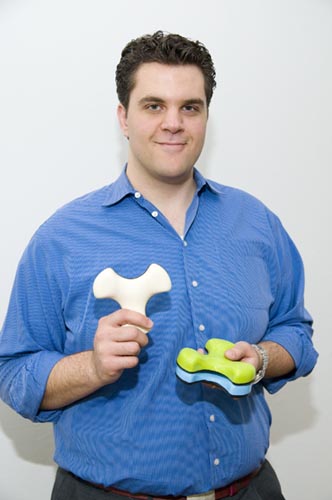Studio Visit: Alder New York
The Brooklyn-based designers discuss influence, diversifying and the gaps in fashion design education

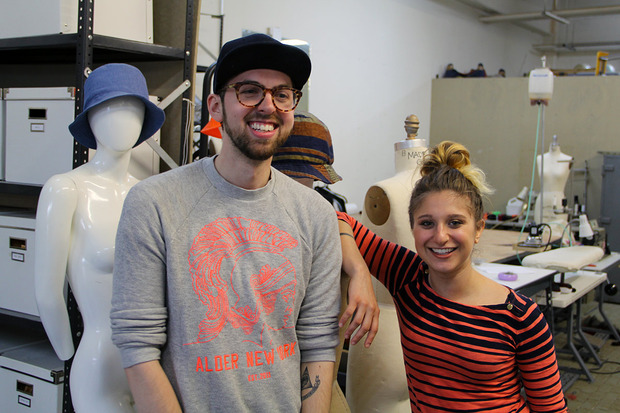
After just a few semesters into school at the Pratt Institute, designers Nina Zilka and David J. Krause took their passion out of the studio and into the marketplace. With one label already under their belt by graduation, Zilka and Krause started anew with Alder New York. With an unflinching commitment to quality and a diverse array of influences, the label has expanded from menswear to a growing apothecary, and is set to introduce a women’s line for SS15. We stopped by Zilka and Krause’s studio in the Brooklyn Navy Yard to talk inspiration, learning outside the classroom and coming full circle as teachers at their alma mater.
How did you start working together?
David J. Krause: We met at Pratt (Nina’s freshman year, my sophomore year) and we became best friends immediately. We were really on the same wavelength. At the time, we were into this particular vintage thing. Nina was into what I was into and it just kept going the same direction so it made sense to keep working together.
Nina Zilka: Also David was the only person in fashion I knew at the time who was smart and interested in news and world events. So we were friends in addition to being aesthetically on the same page. In 2008 we were really into everything black and we started a company called the The Twentyten and it was a lot of angular shapes and lots of black. Even to this day we tend to like the exact same thing at the exact same time without talking about it.
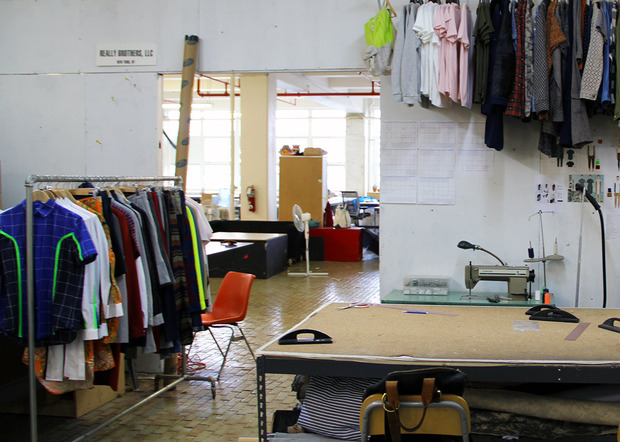
What are you drawn to right now?
DK: We’ve realized over the past four seasons, that we always go back to athletic references. I think that’s kind of the direction we’re going to continue heading. We’re drawn to things that function but also look good. Activewear is really where that exists. We’re not trying to make activewear at all, that’s not something we’re interested in. But taking what we can from activewear and putting it into our ready-to-wear collection is really what we’re consistently focused on and will continue to [be]. We’re less trendy than we used to be, it’s more authentic—we’re really figuring out who we are now as designers. It’s much more sincere.
Where specifically do you draw your inspiration from?
DK: It’s a mix. Last season when we were designing, we were really into vintage skiwear. Now this season, we’re drawn to modern surfwear and technical wetsuits. There isn’t really a time period, it’s really just the whole genre of activewear.
NZ: It’s really broad. For Spring 2014, we shifted into preppy collegiate athleticism. It really runs the gamut.
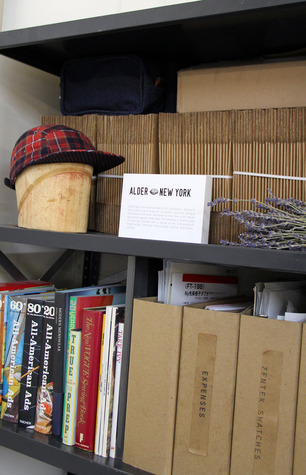
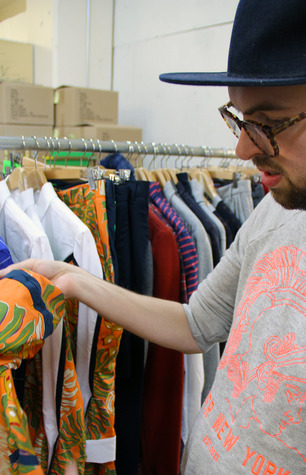
How does the Apothecary line fit into the label?
NZ: That came about really organically. Our last company was really focused on fast-paced fashion, we were trying to keep up with the seasons. At our level the quality was getting lost. So when we created Alder, it was all about uniformly making high-quality products with great fabrics—or in this case, ingredients.
So as a side project for myself, I started making organic makeup because there’s no FDA regulation in cosmetics right now. The hair powder was just something I made because I hate washing my hair and I didn’t want to be using anything else on the market. Our best friend tried it and loved it, then her mom wanted some. After that, it just kept growing. So David said, “Let’s design a label and put it on the website.” We wanted the packaging to look really good on the shelf, so we took the same approach to everything else we do. We don’t use plastic, everything’s made in the USA. We sold out right away and decided we were onto something. Then we consciously expanded the line and it’s taken a life of its own.
Quality is three-fold: quality of materials, quality of design and the quality of the labor behind it.
DK: All of the ingredients are natural. Essentially, you could eat our products.
NZ: Everything’s quality, that’s the most cohesive thing to us. Quality is three-fold: quality of materials, quality of design and the quality of the labor behind it.
Can you tell me about your transition from students to business owners?
DK: Well it really happened in tandem. We were students and we started a business—we didn’t wait to graduate. We had a fashion show (not during fashion week) and a store placed an order. All of a sudden, we were a fashion company. We made lots of mistakes and learned a lot. Having had that experience, our company has become much more successful. I don’t regret all the mistakes, money, time and energy that we’ve put into stumbling around a bit. We have a lot more knowledge from that than doing the standard routine of going through school, then working in the industry for someone else.
NZ: A lot of times with running your own company, you have to just do it and learn from the mistakes. I have a lot of friends who are in their 50s that have new companies—who I really respect and have a lot of life experience—and we’re dealing with a lot of the same issues. There’s something about the amount of stress you deal with on a daily basis with your own company that you just have to become indoctrinated with.
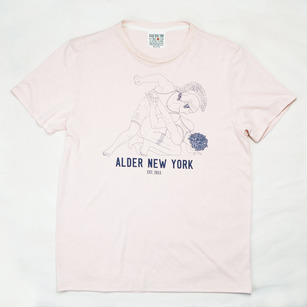
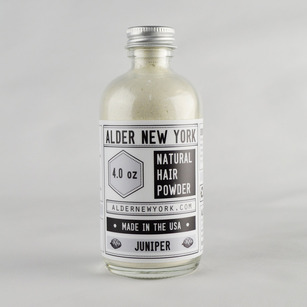
And now you’re teaching at Pratt?
DK: It’s really come full circle and we love teaching. It’s really the students. Being in the industry and dealing with the day-to-day crap can really get you down. But when you go back to teaching and see students who are really excited and eager and have this energy that you once had, teaching is where you really get to experience that again.
NZ: It’s hard not to get caught up in sales and what’s sellable and sort of lose the part of it that’s rewarding which is the design and emotional expression. Seeing them get excited, get’s us excited. We wrote a business curriculum that ran this semester that I taught and that was even more rewarding. One of our students decided she wants to run her own business and is using us as mentors. We get to take all the things that we fucked up with and try to tell them not to do it. Of course they’ll probably do the same thing, but it’s really nice to be able to impart some of that hard-learned wisdom. And they don’t really know any of it—I forgot how much we’ve learned outside the classroom.
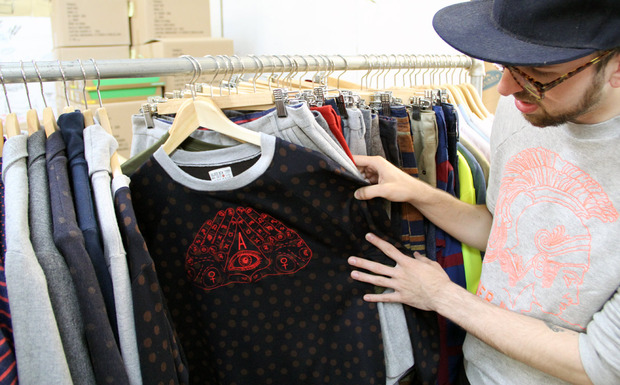
DK: In design school you don’t really learn business. None of that is talked about. It’s amazing that the one semester of the one class has imparted so much information that we spent too much time trying to figure out. Art schools in general, I think their mission is to fuel your individual creative expression, and I think there needs to be a bit more responsibility about how your expression can relate to the world. Creating more designers who don’t understand how to run a business or the impact of what they’re doing isn’t very beneficial. The higher education system in design and art needs a rethink.
The higher education system in design and art needs a rethink.
NZ: A big part of it is the generation gap between the administration and the students. What’s amazing about the class is that it was completely full, and so well received by the students. I don’t think the administration had anything against it, they just didn’t realize the demand for this sort of class. Our generation and the kids we’re teaching tend to be a bit more entrepreneurial and globally focused. One student in particular from Detroit, her parents lost their jobs in the auto industry, so there’s this notion of not wanting a nine-to-five in which you’re unhappy. You have to make your own way and be happy with what you’re doing.
Check out Alder New York to see upcoming collections and shop the current line.
Studio images by Hans Aschim, product images courtesy of Alder New York
